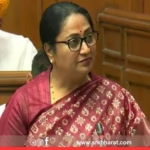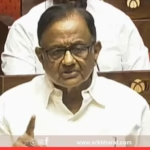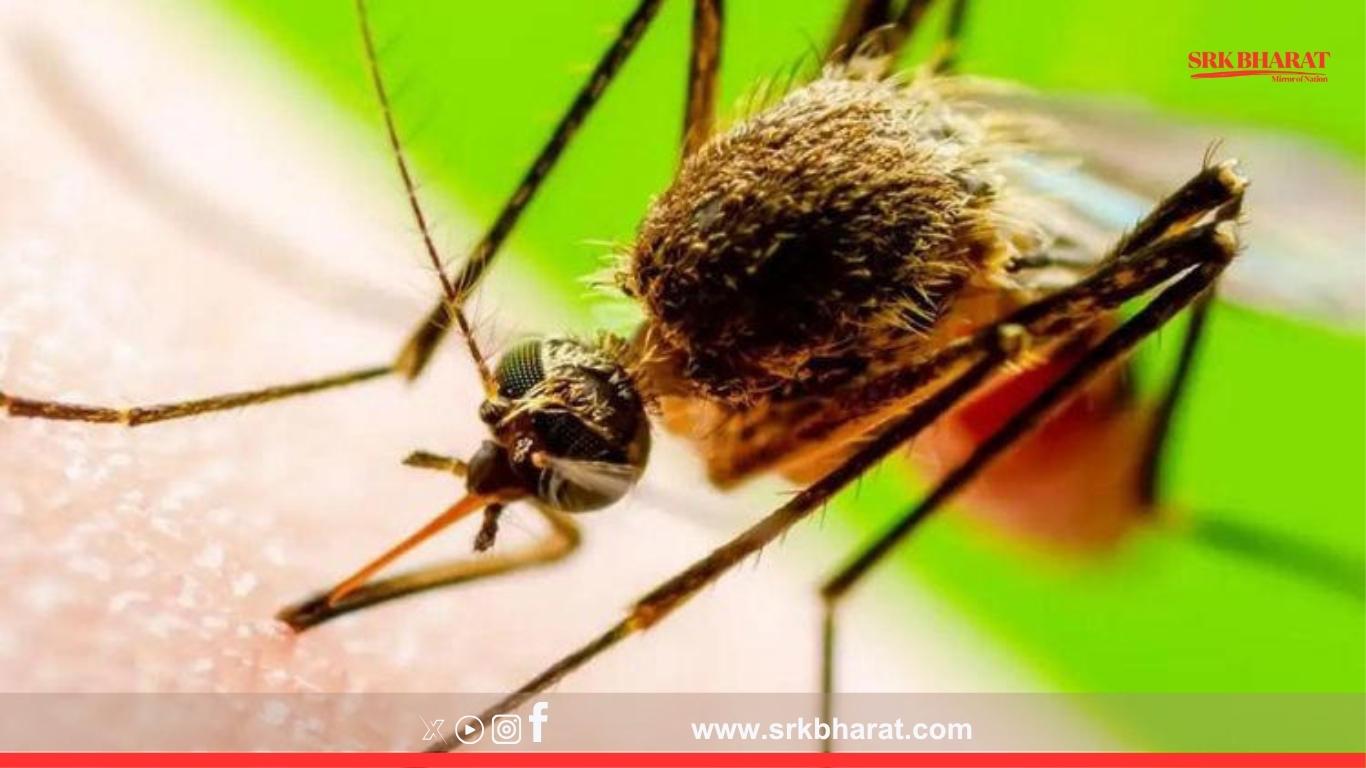Thirteen confirmed deaths from Japanese Encephalitis (JE) at Guwahati Medical College and Hospital (GMCH) in Assam within a short span have sparked grave concern among health officials, doctors, and the public, with urgent calls for enhanced vector control measures, awareness campaigns, and medical preparedness to prevent further loss of life during the monsoon outbreak season.
What is Japanese Encephalitis?
Japanese Encephalitis is a viral brain infection spread by Culex mosquitoes, commonly breeding in paddy fields and waterlogged areas, especially prevalent during the monsoon months of June to September in Assam and other parts of northeast India. The virus has pigs and water birds as natural hosts, with humans serving as accidental hosts.
Details of the JE situation at GMCH
According to senior GMCH doctors:
- Total deaths recorded so far: 13
- Total confirmed admissions since June: Over 50 cases
- Critical cases under treatment: 18 in ICU and high dependency wards
- Districts with maximum admissions: Kamrup (Rural), Nalbari, Barpeta, Morigaon, and Darrang
Symptoms presented by JE patients at GMCH
| Common Symptoms Observed | Percentage of Patients |
|---|---|
| High-grade fever | 100% |
| Headache and vomiting | 90% |
| Altered sensorium/confusion | 70% |
| Seizures | 60% |
| Coma/profound unconsciousness | 40% |
Doctors highlight that early diagnosis and supportive care are crucial, but many patients arrive in an advanced neurological state due to delayed referrals from rural health centres.
Why Japanese Encephalitis is deadly
JE has no specific antiviral treatment. The infection causes inflammation of the brain (encephalitis), leading to:
- High mortality rate: 20-30% of symptomatic cases
- Permanent neurological damage: Up to 50% survivors develop paralysis, seizures, or mental impairment
What health officials are saying
Dr. Abhijit Sarma, Superintendent of GMCH, stated:
“Japanese Encephalitis cases spike every monsoon. Unfortunately, some patients are brought in late, already unconscious. We have increased ICU beds for JE and AES (Acute Encephalitis Syndrome) patients and are coordinating with the state vector control unit.”
Government action in Assam so far
The State Health Department, under Minister Keshab Mahanta, has:
- Issued an alert across all districts for surveillance and early reporting of fever cases.
- Directed health workers to intensify fogging and larvicide spraying in high-risk villages.
- Ordered round-the-clock fever clinics at district hospitals and PHCs for screening.
- Ensured availability of diagnostic kits and ICU beds at all medical colleges.
- Launched community awareness campaigns on using mosquito nets, clearing stagnant water, and timely hospital visits.
JE vaccination status in Assam
Assam runs routine JE vaccination for children aged 1-15 years, with catch-up drives held periodically. However, adult vaccination remains limited despite rising adult JE cases in recent years. Experts are urging the government to consider:
- Expanding JE vaccination to adults in high-risk districts.
- Conducting seroprevalence studies to assess community immunity levels.
Challenges in tackling JE outbreaks
| Challenge | Explanation |
|---|---|
| Late referrals | Patients reach tertiary hospitals after severe neurological damage |
| Poor vector control | Stagnant water near homes and paddy fields continues as breeding grounds |
| Lack of adult vaccination | Rising adult JE infections remain unaddressed |
| Low community awareness | Delays in seeking treatment due to lack of symptom knowledge |
| Healthcare infrastructure gaps | Limited ICU beds in rural hospitals to handle neuro-critical cases |
Experts’ recommendations to prevent further deaths
- Strengthen vector surveillance through gram panchayat and urban ward level teams.
- Scale up fogging and source reduction activities within 48 hours of rain spells.
- Train ASHA and ANM workers to identify early signs of JE for quick referral.
- Expand adult vaccination coverage in endemic districts.
- Improve diagnostic capacity at district hospitals to reduce delay in confirmation.
- Community sensitisation drives via schools, religious bodies, and media to promote mosquito net usage and clearing of stagnant water.
Social and economic impact of JE deaths
The deaths have caused panic in several rural communities, especially among farming families. Many avoid working in fields during dawn and dusk, fearing mosquito bites, leading to potential loss of income and agricultural delays. Families with JE victims also face long-term economic burdens due to treatment costs and care for disabled survivors.
Voices from affected families
Ranjita Das, sister of a 28-year-old victim admitted in critical condition at GMCH, said:
“My brother was working in the paddy field when he developed fever and headache. We first showed him to a local clinic, but by the time he was referred here, he was unconscious. Doctors say his brain is badly infected. We never knew about Japanese Encephalitis before this.”
Long-term government strategies under consideration
The Assam government is preparing a proposal for the Centre to:
- Include JE adult vaccination in National Immunisation Programme for high-burden states.
- Deploy mobile health units with diagnostic kits during monsoon in remote villages.
- Promote fish farming in paddy fields to reduce mosquito larvae populations naturally.
- Integrate JE control with malaria and dengue programmes for unified vector management.
Conclusion
The 13 deaths from Japanese Encephalitis at GMCH are a stark reminder of Assam’s recurring battle against vector-borne diseases. While the state has made strides in child vaccination and awareness, challenges remain in adult immunisation, timely diagnosis, and vector control effectiveness. With monsoon rains expected to continue, urgent coordinated action between health officials, panchayats, and the public is critical to prevent further deaths and disability.
Disclaimer: This news article is for informational purposes only. Japanese Encephalitis is a notifiable disease; readers are advised to follow government health advisories, seek immediate medical care for fever with neurological symptoms, and take personal mosquito protection measures during the monsoon season.











